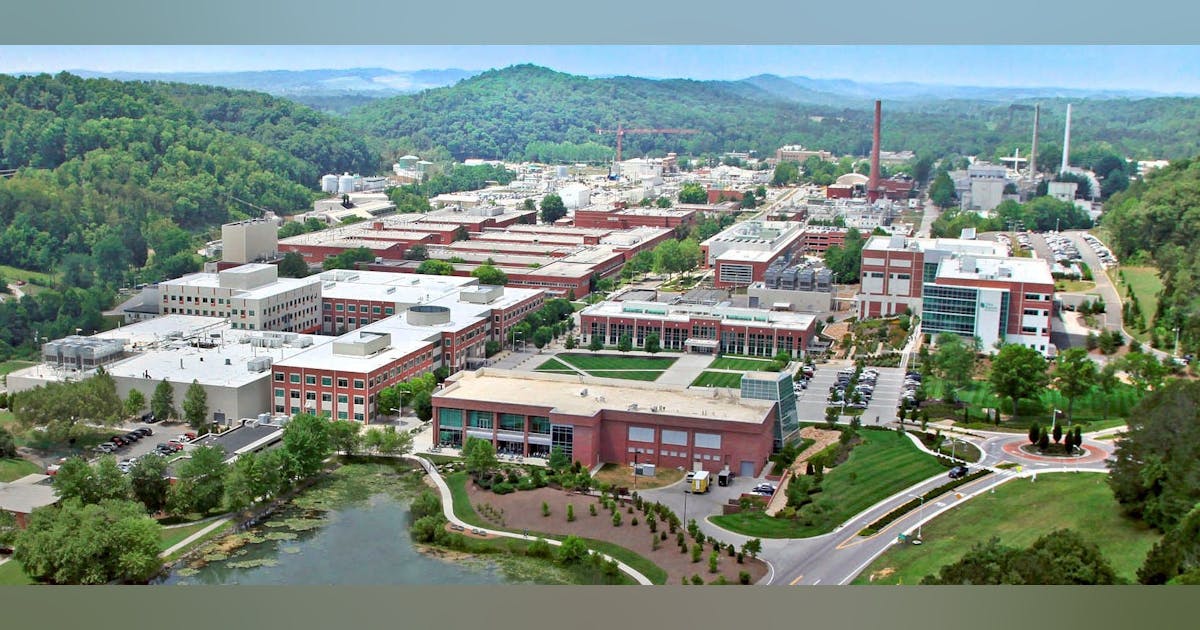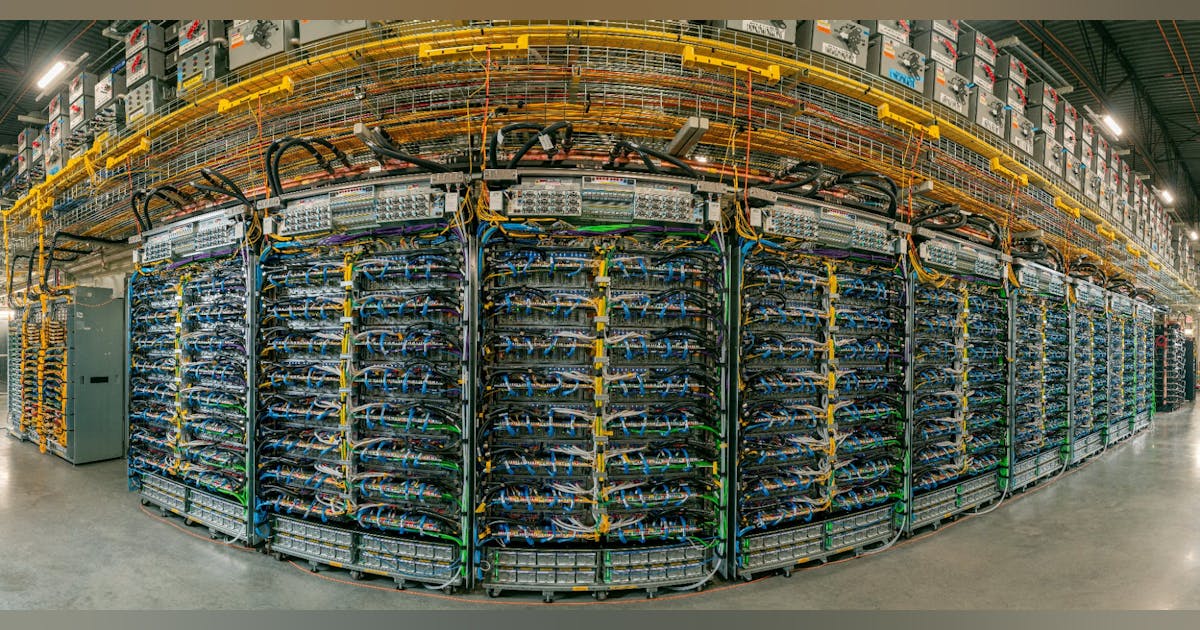
ORNL is also the home of the Center for Artificial Intelligence Security Research (CAISER), which Edmon Begoli, CAISER founding director, described as being in place to build the security necessary by defining a new field of AI research targeted at fighting future AI security risks.
Also, at the end of 2024, Google partner Kairos Power started construction of their Hermes demonstration SMR in Oak Ridge. Hermes is a high-temperature gas-cooled reactor (HTGR) that uses triso-fueled pebbles and a molten fluoride salt coolant (specifically Flibe, a mix of lithium fluoride and beryllium fluoride). This demonstration reactor is expected to be online by 2027, with a production level system becoming available in the 2030 timeframe.
Also located in a remote area of Oak Ridge is the Tennessee Valley Clinch River project, where the TVA announced a signed agreement with GE-Hitachi to plan and license a BWRX-300 small modular reactor (SMR).
On Integrating AI and Energy Production
The foregoing are just examples of ongoing projects at the sites named by the DOE’s RFI. Presuming that additional industry power, utility, and data center providers get on board with these locations, any of the 16 could be the future home of AI data centers and on-site power generation. The RFI marks a pivotal step in the U.S. government’s strategy to solidify its global dominance in AI development and energy innovation.
By leveraging the vast resources and infrastructure of its national labs and research sites, the DOE is positioning the country to meet the enormous power and security demands of next-generation AI technologies. The selected locations, already home to critical energy research and cutting-edge supercomputing, present a compelling opportunity for industry stakeholders to collaborate on building integrated, sustainable AI data centers with dedicated energy production capabilities. With projects like Oak Ridge’s pioneering SMRs and advanced AI security research, these sites offer not only a robust foundation for future AI infrastructure but also an opportunity to advance energy solutions that align with the nation’s long-term strategic goals.
In addition to the focus on nuclear and renewable energy sources, natural gas generation also plays a critical role in the energy mix for the RFI sites. Many of the DOE locations are strategically positioned near existing natural gas infrastructure, offering a reliable and flexible power source to complement the ambitious AI data center projects. Natural gas facilities can provide the necessary baseload power and rapid response capabilities that AI workloads require, especially during peak demand periods. With lower carbon emissions compared to coal, natural gas serves as a transitional energy source, supporting the goal of decarbonizing the grid while providing a stable foundation for AI growth. As part of a diversified energy strategy, natural gas could help balance intermittent renewable energy generation, ensuring the continuous availability of power for AI applications, while allowing these sites to remain adaptable to future shifts in the energy landscape.
Conclusion
The integration of AI and energy production on DOE lands will not only support national security and economic growth but also drive innovation at the intersection of artificial intelligence and clean energy. As the initiative moves forward, industry players—including utility providers, energy developers, and data center operators—will play a crucial role in realizing this vision.























